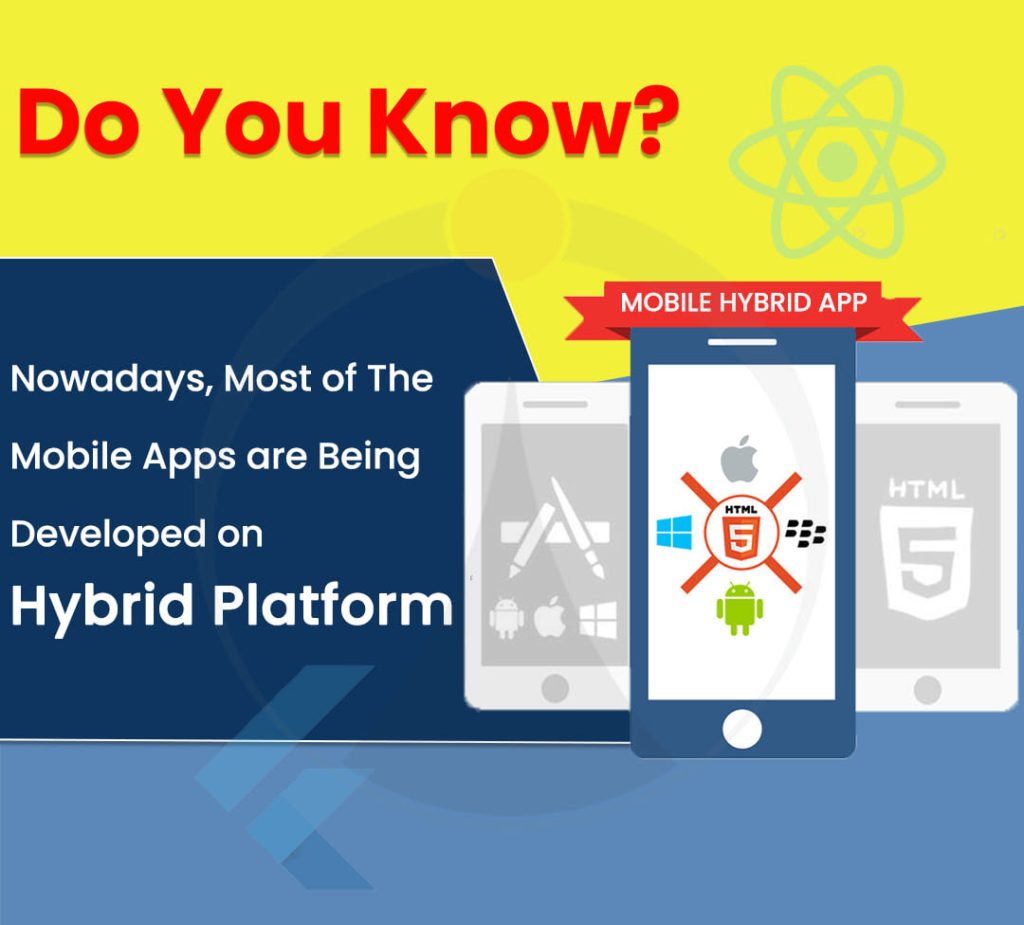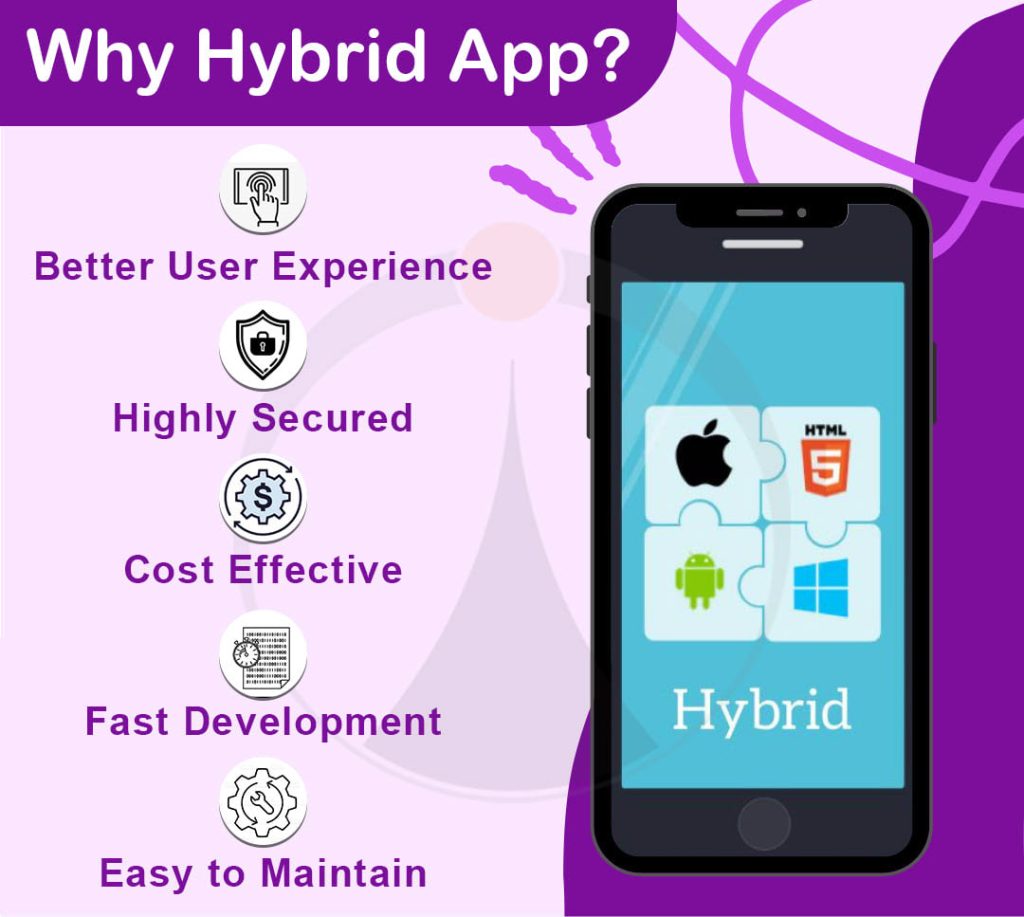Educational Mobile Application Development is a process where you develop an app that will enable people to learn new things. These apps can be used for different audiences and may include server support and data storage. The entire process begins with the initial concept and continues with the actual enrolment and live-testing phases. Before you go any further, you’ll need to figure out, what the app’s goal will be, and what technologies will be employed to support it. Here are some tips to get started.

What to Consider While Designing Educational Mobile Apps?
The design of your educational mobile application is the most crucial aspect. It is important to understand who you are targeting with your app. Are you trying to reach students, corporate professionals, or tutors? Once you have determined these users, you can create a user story that helps them use the app. Furthermore, your flow must support the project’s overall goal of assisting individuals in their learning. You may make an app that is both effective and user-friendly this way.
Starting with a user story is the perfect place to start. The user narrative for your educational mobile app should be based on the individual who will be using it. They should explain how the app will assist the intended audience in achieving the project’s final aim. Once you have outlined the user stories, you can design the flow of the app. Make sure you know the audience and what they want. If you are targeting students, the result will be an app that is easy to use and enjoyable to use.
When developing an educational mobile app, you will need to consider the platform. While many platforms can support a mobile app, iOS and Android require a native application. The technology used in educational mobile app development should be scalable and secure.
When developing an educational mobile app, it is essential to take into consideration the different types of users. The primary focus of an educational mobile app should be to provide the user with relevant information.
Features of a Good Educational Mobile App
The app should be easy to navigate. It should be easy to search for specific courses, programs, or teachers. A student needs to view the program course description and purchase it through the app. An interactive user experience will make the student want to buy the course. Learning mobile apps should be built as a web solution with a user-friendly design. If the app is for adults, you need to consider designing it for children and adults.
There are also several advantages to cross-platform development. A Native application will have more flexibility, while a hybrid app will work with iOS and Android. It will also be easier to manage and maintain than a web-based version. The app should also be easy to customize.
The technology used should be designed to engage the target audience and address pain points. Ideally, it should be able to be used for a long period of time. This means that a mobile app needs to be compatible with as many platforms as possible. A native application should have a feature that allows students to choose the right way to learn. It should also be user-friendly and easy to navigate.

Quality Assurance Services Associated with Mobile Apps
Quality assurance services are essential for every tech project and are included among the finest educational mobile app development services. A QA engineer carefully tests the app for bugs. Testing an education mobile application requires several hours. Additionally, the developers should ensure that the final product will be able to meet all the requirements of your users. If you want to make a great educational app, you should consider hiring Opal Infotech. Our team of specialists will automate the code flow from development to production.
The Bottom Line
An application should be easy to navigate and have a lot of features to keep the user interested. A user should be able to move between different modules and make transactions without any hassle. A mobile application should be created in such a way that the user feels at ease while using it, and it should also be optimized for various resolutions. A good educational mobile application should be able to be viewed on any device and with all types of devices.





